Art Market
Julia Stoschek on the Extreme Care It Takes to Build a New Media Art Collection
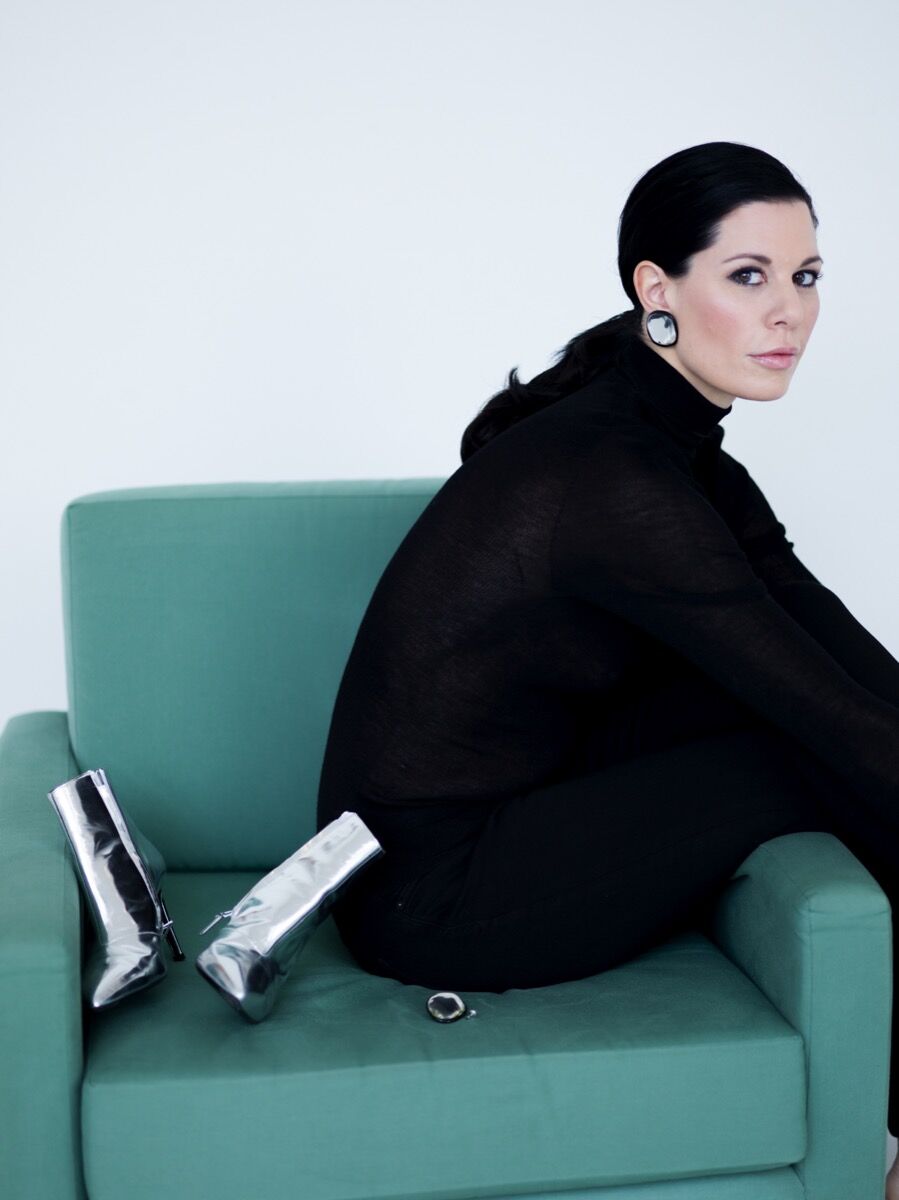
Portrait of Julia Stoschek by Peter Rigaud.
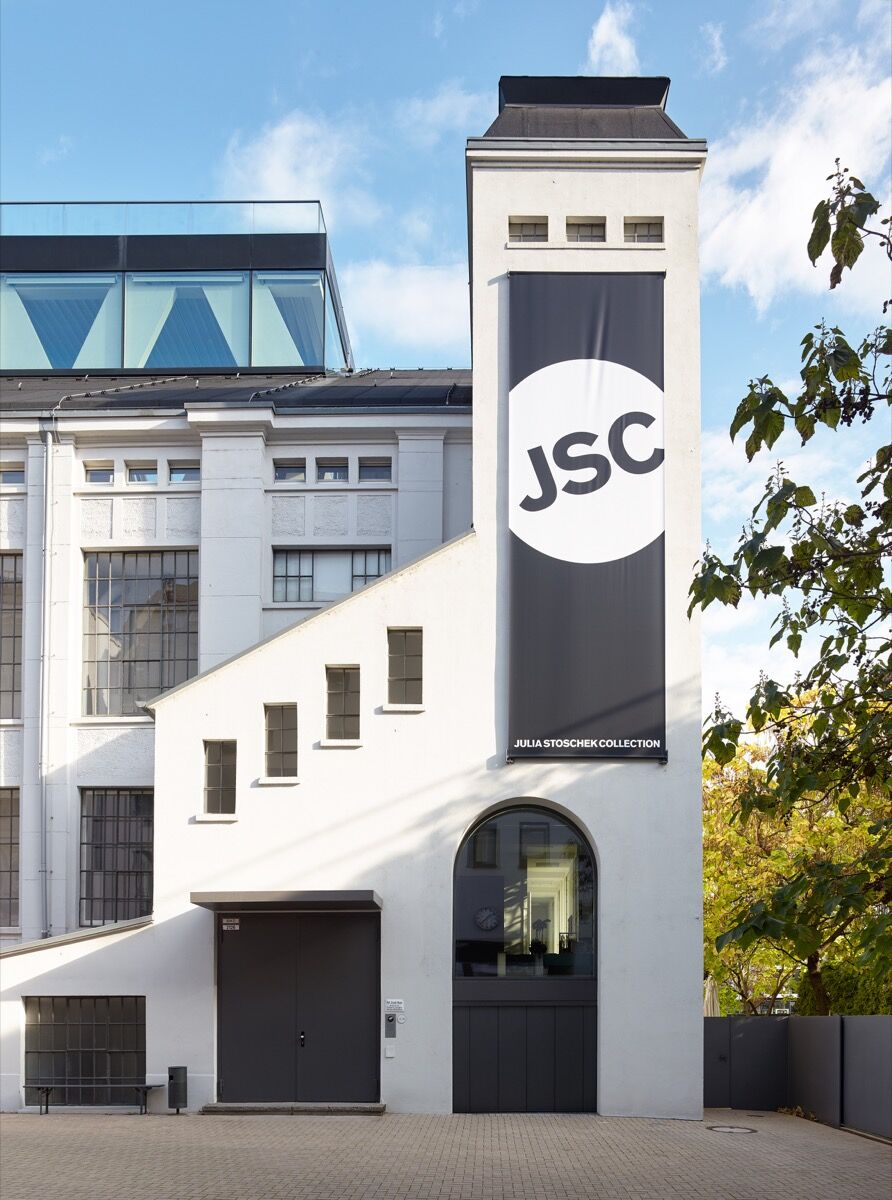
Exterior of JSC Düsseldorf. Photo by Simon Vogel, Cologne.
It wasn’t long ago that new media and tech art were thought of as indulgences for nerds and gamers, but the art world has come around. The central exhibition at this year’s Venice Biennale contained art spanning virtual reality, installation, and interactive works, as well as a plethora of film.
,
, and
have all created works in virtual reality, a medium now safely ingrained in the mainstream. Next year, Abramović will become the first artist to test the auction market for “mixed reality” art.
In recent years, digital has made gains;
has shown his artificial intelligence work BOB (2018–19) at the Serpentine Galleries and the Venice Biennale, and VR works are increasingly commonplace at Frieze and Art Basel. Although many still don’t understand how this art is made or how to buy and sell it, there is now no ignoring it—and the early adopters are reaping the benefits.

Installation view of “GENERATION LOSS,” at JSC Düsseldorf. Photo Simon Vogel, Cologne.
The pathbreaking German collector Julia Stoschek formalized the collection that bears her name in 2002 and opened it to the public in 2007. The Julia Stoschek Collection (JSC) specializes in time-based media works from the 1960s onward. Today, it boasts over 850 works by about 255 artists. With a permanent location in Düsseldorf and a rented space in Berlin that opened in 2016, the collection is evolving. Stoschek herself is going through a transition from glamorous figurehead to an industry heavyweight. She is blazing a trail on behalf of the fast-paced media to which she has dedicated her professional life.
Stoschek made the Forbes Billionaires List in 2018 and is an heiress to the Brose auto parts company fortune. Although she did not grow up around art collecting, her father, Michael Stoschek, once aspired to be a photographer and collects race cars.

Installation view of Lutz Bacher, James Dean , 1986/2014. Courtesy of the Estate of Lutz Bacher and Galerie Buchholz.
“I was always fascinated by artists and art,” Stoschek said of her early days as a collector. “Ever since my first encounter with media-based art and meetings with collectors, it has been my goal to build a world-class time-based media collection. I’ve never regretted that decision.”
Media art has been subject to trepidation from gallerists and collectors alike: Dealers felt it was difficult to sell, and collectors had no idea how to store and display it. But new media and moving image art also encompasses some of the most interesting and exciting work of the last 50 years.
“Being part of the avant-garde is really interesting,” Stoschek said. But there are also challenges with preserving something that was created with and for hardware and software that may quickly become obsolete. Stoschek sees the works as ephemeral, likening collecting media art to collecting snowballs.
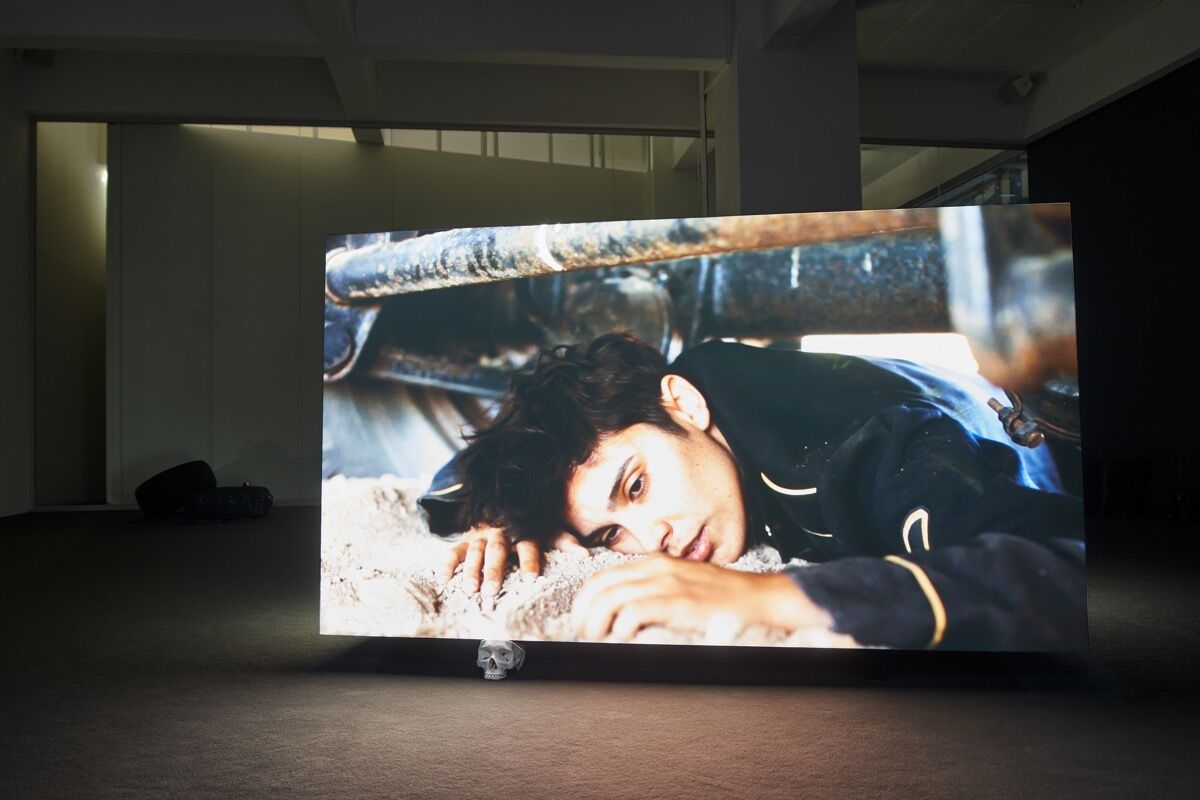
Installation view A.K. Burns, Leave No Trace (Negative Space 000), 2019. Photo by Alwin Lay. Courtesy of the artist, Callicoon Fine Arts, New York and Michel Rein Gallery, Paris/Brussels.
When JSC set up what it calls its media art depot, with conservator Andreas Weisser, the organization did its best to adopt museum-standard best practices for the collection’s storage. It also keeps multiple copies of works in different places, while simultaneously monitoring them all for evidence of corruption.
The collection has a reputation for being at the forefront of contemporary art. JSC put on solo shows by
in 2018, Turner Prize winner
in 2014–15, and
in 2009. Since this past spring, independent curator Lisa Long has been programming exhibitions, performances, and screenings at both of its locations.
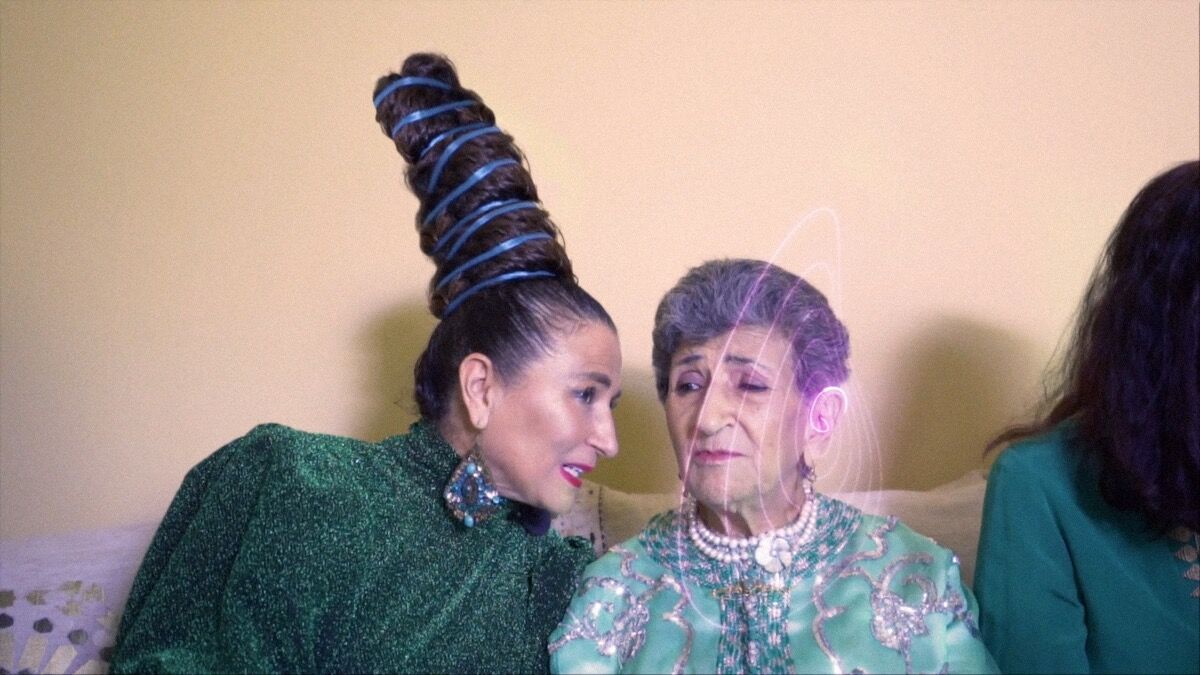
Meriem Bennani, Party on the CAPS , 2018. Courtesy of the artist and C L E A R I N G, New York / Brussels.
Currently on view at its Düsseldorf space is a tribute to the recently deceased female artists
,
, and
, paired with a solo exhibition by interdisciplinary artist A.K. Burns (her first solo show at an institution in Germany). In Berlin, JSC is showcasing an exhibition of three installations by New York–based studio WangShui (its first solo presentation in Europe), as well as videos and photographs by the Canadian artist Stan Douglas; also on view are
’s dimethyltryptamine-inspired VR work My Trip (2019), and an augmented reality work by
, both produced with VR enterprise Acute Art.
Stoschek started out collecting video art primarily, but soon branched out to acquire digital and new media art.
“I think it was very natural,” Stoschek said of shifting to collecting “time-based media.” “I always listen to what artists have to say and follow their work, so when an artist turns to the digital, I listen.” In 2017, JSC brought in artist
to curate its 10-year anniversary show, “Generation Loss,” and gave him free rein.
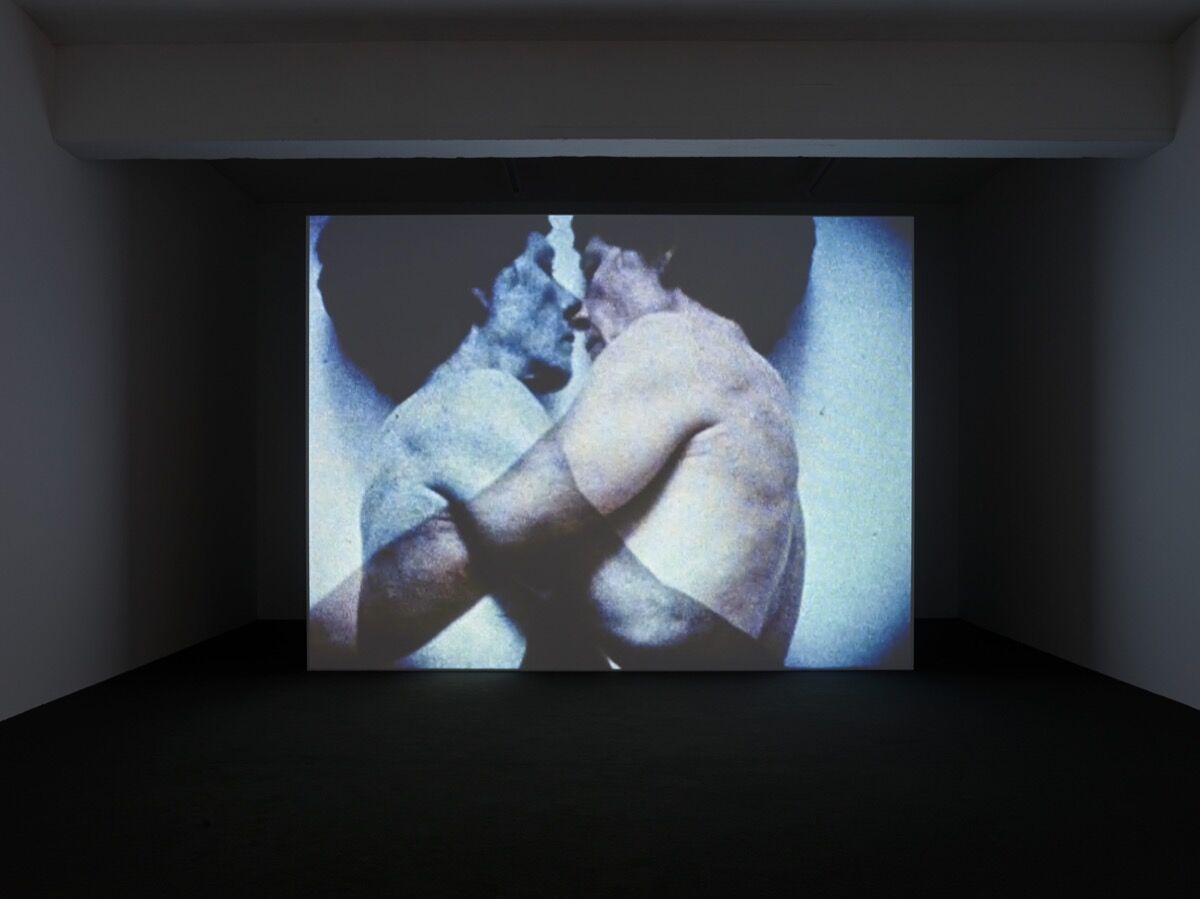
Installation view of Barbara Hammer, Double Strength , 1978, at JSC Düsseldorf. Photo by Simon Vogel, Cologne.
“I said to Ed, ‘We have to create a new standard,’” Stoschek recalled. And, by all accounts, Atkins delivered. “It was groundbreaking,” she said.
Atkins divided the show—which included work by
,
,
,
, and
—with soundproof glass. This allowed viewers to see the works collectively without the sound bleeding into each space. It marked one of the first times a curator found a way to avoid the all-too-common “black box” configuration in which video art is typically shown.
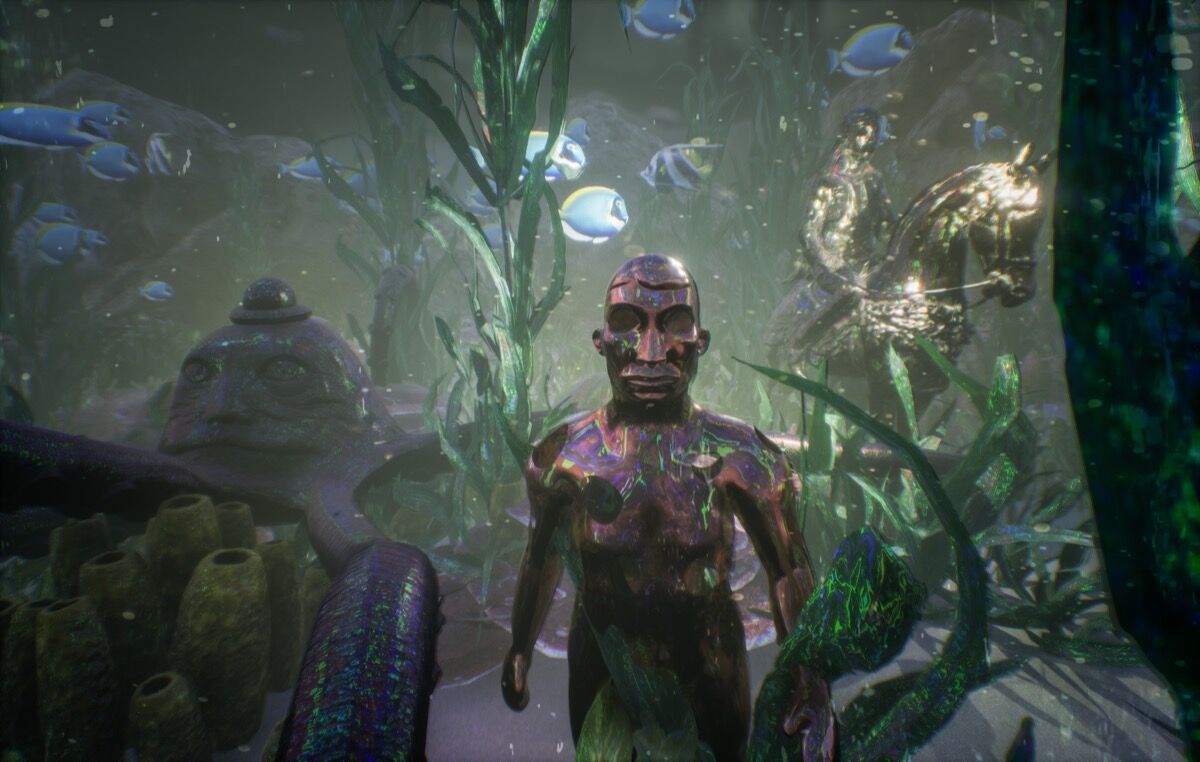
Bjarne Melgaard, My Trip , 2019. Courtesy of the artist and Acute Art, London.
Stoschek is passionate about how her collection is displayed, harrowed by having seen so much poor installation of media art. She recalled seeing the 2013
retrospective at Schaulager in Basel and being so inspired that she hired a bus and drove her entire staff, including the cleaners, to see it.
Stoschek is a facilitator, in her empowering of Long and Atkins, and in her position on the board of MOCA in Los Angeles. As a city with a big appetite for media art and the moving image, it surprisingly has no museum collection for such works—presenting Stoschek with a clear opportunity.
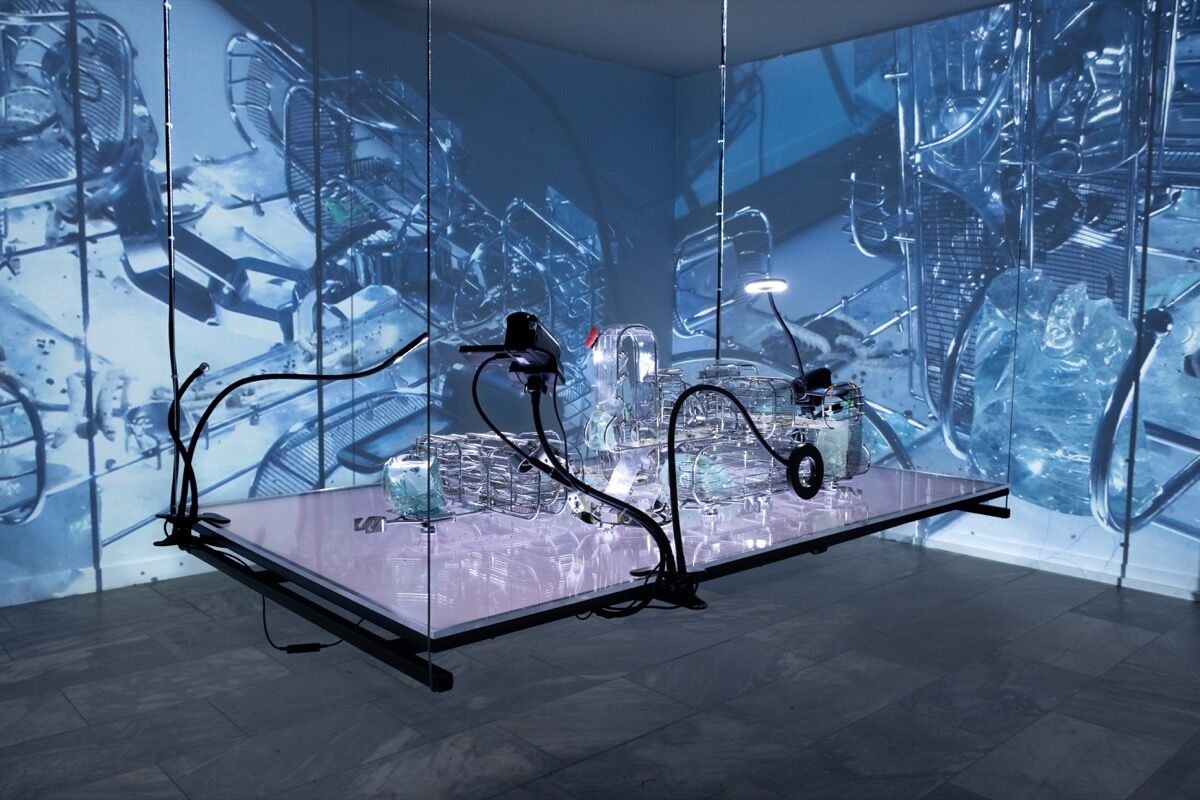
Installation view of WangShui, Gardens of Perfect Exposure, 2018. Photo by Alwin Lay. Courtesy of the artist.
If JSC expands to a third location, Stoschek said, it will be a pop-up space in L.A., though there are no concrete plans for this yet. All she would say was that it would have to be operated “very independently.”
While she wants the collection to stand alone abroad, Stoschek is a team player at home. She has joined forces with other powerful collectors in the Rhineland under the banner of Rhineland Independent. This powerhouse of collections includes JSC, the Langen Foundation, the KAI10 Arthena Foundation, and the Philara Collection. The coalition comes together to support various art-related initiatives, including commissions and exhibitions, the first of which was a presentation by the
at Art Düsseldorf 2019 in November.
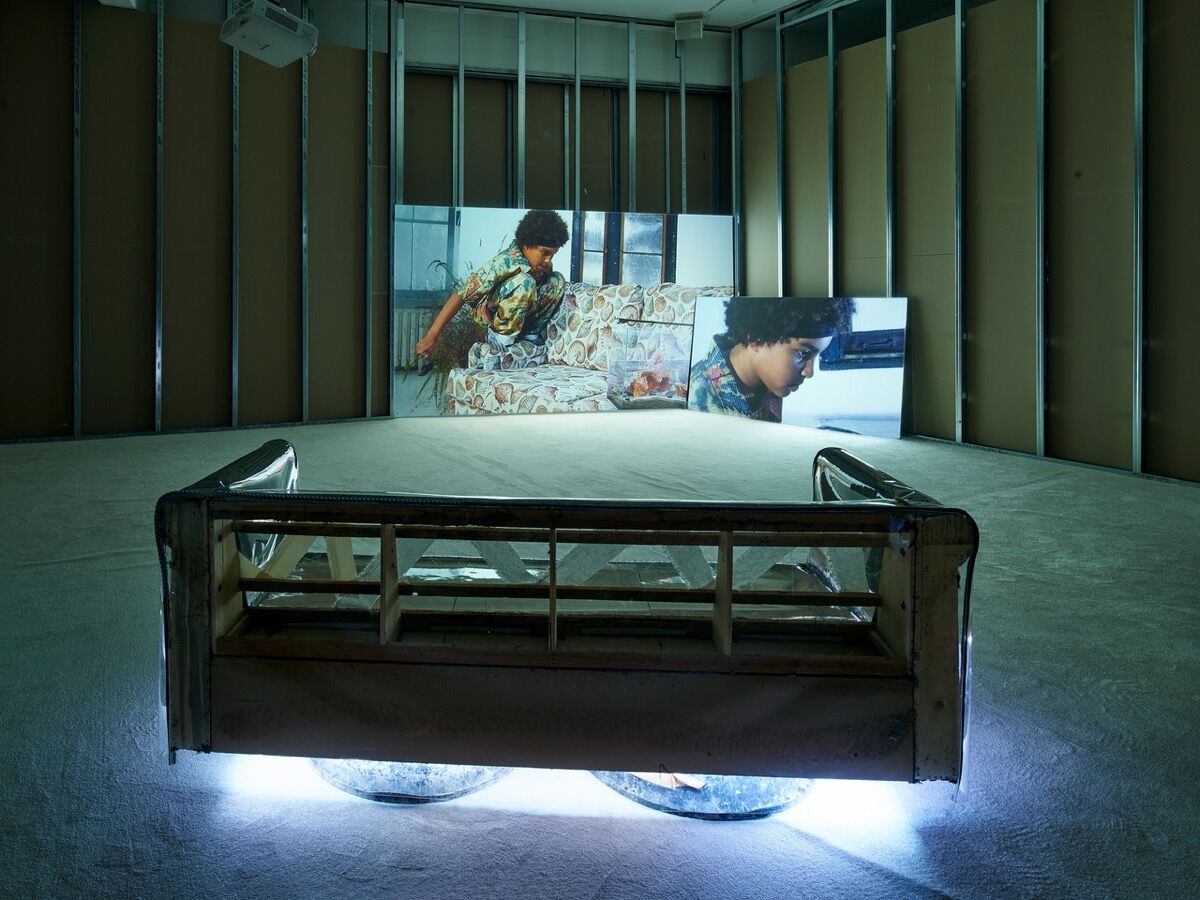
Installation view of A.K. Burns, Living Room (Negative Space 00), 2017. Photo by Alwin Lay. Courtesy of the artist, Callicoon Fine Arts, New York and Michel Rein Gallery, Paris/Brussels.
When it comes to her own collection, Stoschek is committed to making it as accessible as possible, in hopes that it can inspire and educate the public. Increasing knowledge attracts critical acclaim, which in turn brings added value. For aspiring collectors, she had this advice: “Get to know the body of work of an artist and focus on quality and masterpieces.”
As to the future of media art, Stoschek sees a growing interest in VR, but also in artists going back to 35mm and 70mm film. “I don’t know,” she said enthusiastically. “That’s what makes it so interesting.”



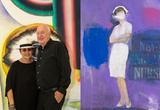
No comments:
Post a Comment